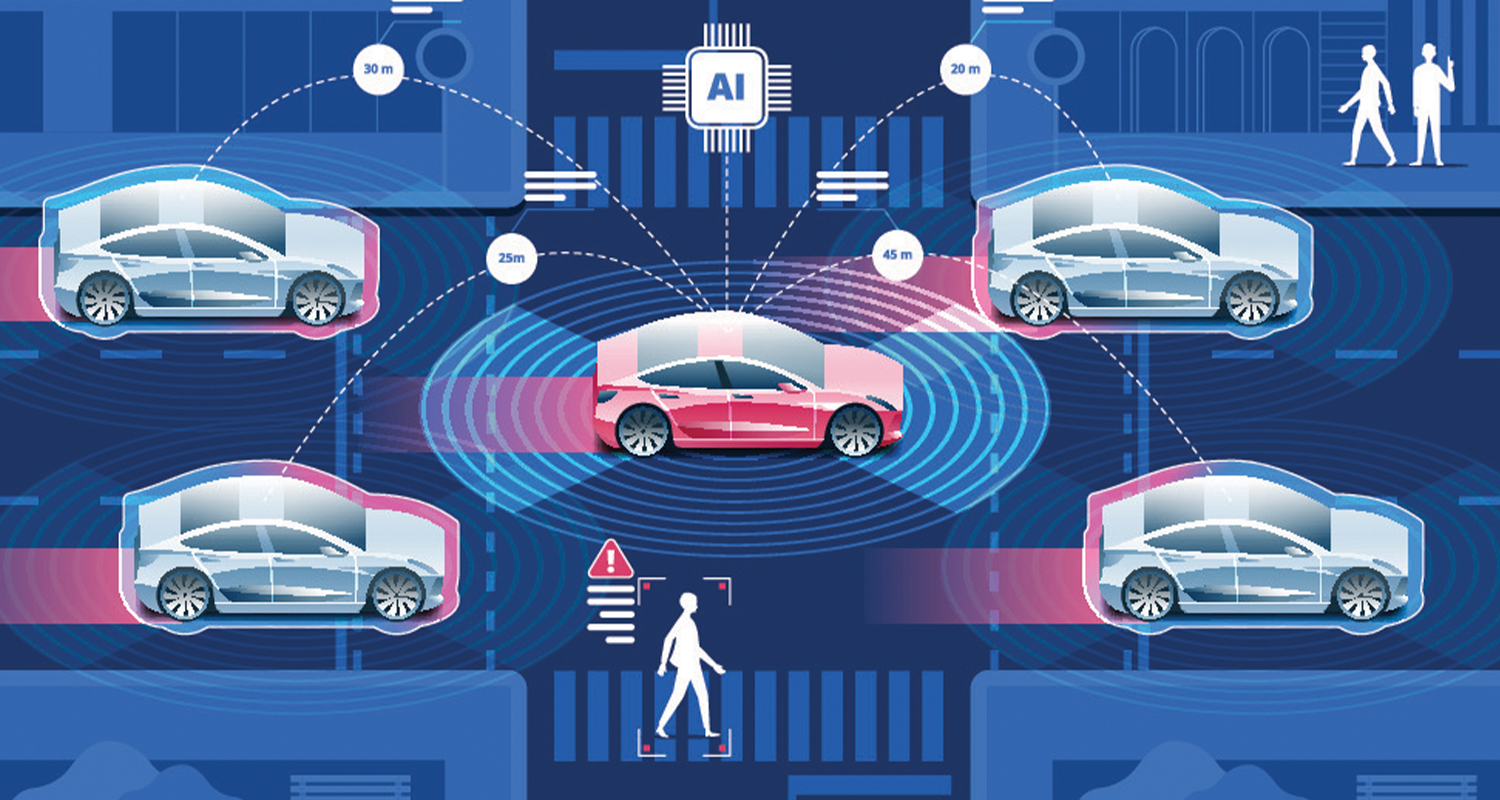Buy, sell and find just about anything using the app on your mobile.

Advanced Driver Assistance Systems (ADAS) are transforming the way we drive, offering enhanced safety and convenience. These intelligent technologies are designed to assist drivers in various driving situations, enhancing safety and comfort. In India, where road conditions can be challenging, ADAS technologies are becoming increasingly valuable. This blog delves into what ADAS means, its key features, and how it benefits Indian drivers.

ADAS stands for Advanced Driver Assistance Systems. These systems use various sensors, cameras, and technologies to assist drivers in making safer and more informed decisions on the road. From warning drivers about potential collisions to assisting with parking, ADAS aims to reduce human error and enhance driving safety.
Understanding the key features of ADAS can help you appreciate its benefits. Here are some of the most common ADAS features found in modern cars:

Adaptive Cruise Control maintains a set speed while adjusting it to keep a safe distance from the vehicle ahead. This feature is particularly useful on highways, reducing the need for constant speed adjustments.
Lane Departure Warning alerts the driver if the vehicle unintentionally drifts out of its lane. Lane Keeping Assist goes a step further by gently steering the car back into its lane if the driver does not take corrective action.

Blind Spot Detection uses sensors to monitor the areas beside and behind the car, alerting the driver if another vehicle is in the blind spot. This feature is crucial for safe lane changes.
Forward Collision Warning alerts the driver to an impending collision with a vehicle or obstacle ahead. If the driver fails to react, Autonomous Emergency Braking can automatically apply the brakes to prevent or mitigate the impact.
Parking Assistance systems help drivers park their cars safely and accurately. This can include rear view cameras, parking sensors, and even automatic parking systems that steer the car into a parking space.
The benefits of ADAS in cars are particularly significant in India, where traffic conditions and road safety are major concerns. Here’s how ADAS can enhance the driving experience for Indian drivers:
ADAS technologies significantly enhance safety by reducing the risk of accidents. Features like Forward Collision Warning and Autonomous Emergency Braking can prevent collisions, while Blind Spot Detection and Lane Keeping Assist help avoid dangerous lane changes and drifts.
Long drives, especially on highways, can be tiring. Features like Adaptive Cruise Control and Lane Keeping Assist reduce the need for constant manual adjustments, making long journeys less exhausting for drivers.
Indian roads can be chaotic, with unpredictable traffic patterns. ADAS features like Traffic Sign Recognition and adaptive navigation systems can help drivers navigate more effectively, ensuring they adhere to speed limits and other traffic rules.
Parking in crowded urban areas can be challenging. Parking Assistance systems make it easier to park in tight spots, reducing the stress of finding and maneuvering into a parking space.
To understand the full impact of ADAS, it’s essential to look at the technologies that make these systems possible:

ADAS relies on a network of sensors and cameras placed around the vehicle. These devices continuously monitor the car’s surroundings, providing real-time data to the system’s central processor.

Advanced ADAS systems use artificial intelligence (AI) and machine learning to interpret data from sensors and cameras. These technologies enable the system to recognize objects, predict potential hazards, and make decisions to enhance safety.
Many ADAS features depend on connectivity to function effectively. For example, Traffic Sign Recognition systems may use GPS and internet connections to receive real-time traffic updates and information about road conditions.
Several car manufacturers offer ADAS features in their models available in India. Let’s look at some examples:
The Mahindra XUV700 is one of the first Indian cars to offer a comprehensive ADAS package. It includes Adaptive Cruise Control, Lane Keeping Assist, Forward Collision Warning, and more.
The MG Hector is another popular model equipped with ADAS features like Blind Spot Detection, Lane Departure Warning, and Traffic Sign Recognition.
The Hyundai Tucson offers a suite of ADAS features, including Forward Collision Warning, Autonomous Emergency Braking, and Adaptive Cruise Control, making it a great option for safety-conscious drivers.
The adoption of ADAS in India is still in its early stages, but the future looks promising. As technology advances and becomes more affordable, we can expect to see more cars equipped with these safety features. Additionally, government regulations and increasing awareness about road safety are likely to drive the demand for ADAS in the Indian market.
Advanced Driver Assistance Systems (ADAS) are revolutionizing driving in India, offering enhanced safety and convenience for drivers. With features like Adaptive Cruise Control, Lane Keeping Assist, and Blind Spot Detection, ADAS helps reduce accidents and improve the overall driving experience. As more car manufacturers introduce ADAS-equipped models, Indian drivers can look forward to a safer and more comfortable journey.
When considering a used car with ADAS features, platforms like OLX can be a valuable resource. They offer a wide range of vehicles, making it easier to find one that suits your needs and budget.
ADAS stands for Advanced Driver Assistance Systems. It includes various features like Adaptive Cruise Control, Lane Keeping Assist, and Blind Spot Detection that enhance driving safety and convenience.
ADAS reduces the risk of accidents, reduces driver fatigue, improves traffic navigation, and offers convenience in urban areas, making driving safer and more enjoyable for Indian drivers.
Cars like the Mahindra XUV700, MG Hector, and Hyundai Tucson offer comprehensive ADAS packages, including features like Forward Collision Warning, Lane Keeping Assist, and Blind Spot Detection.
Yes, ADAS is worth it in India as it enhances safety and convenience, especially in challenging traffic conditions and on long drives.
ADAS improves safety by using sensors and cameras to monitor the vehicle’s surroundings and assist the driver in making safe decisions.